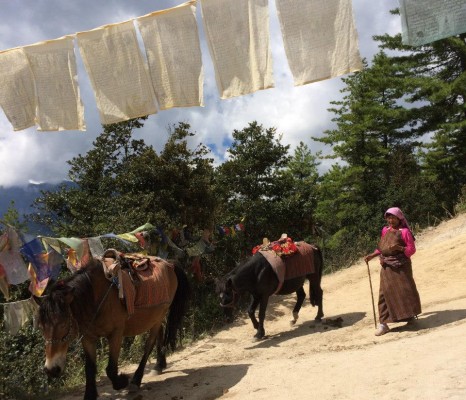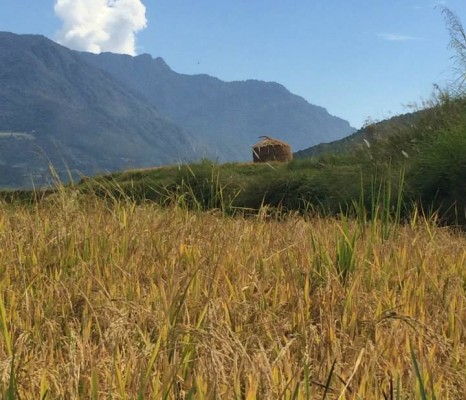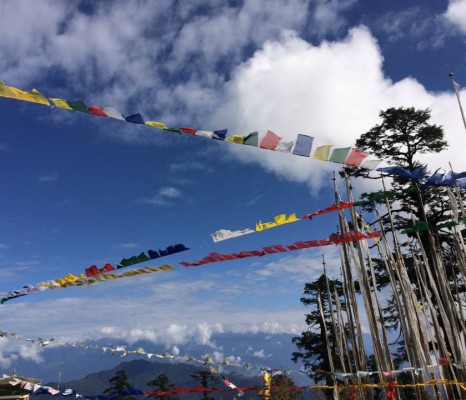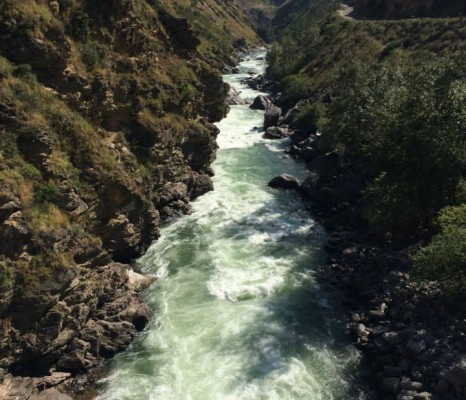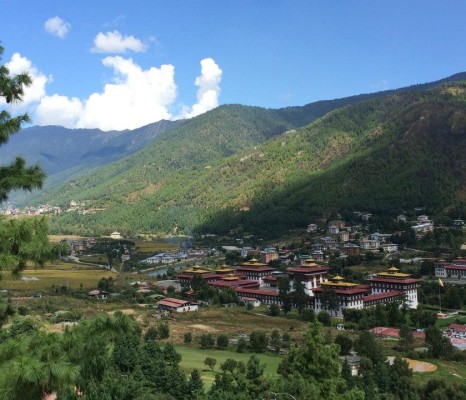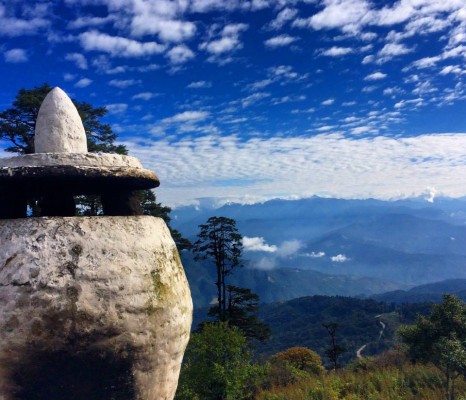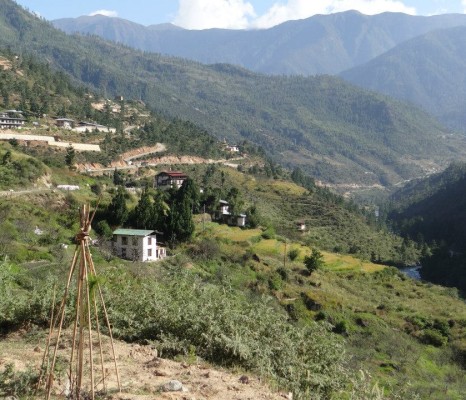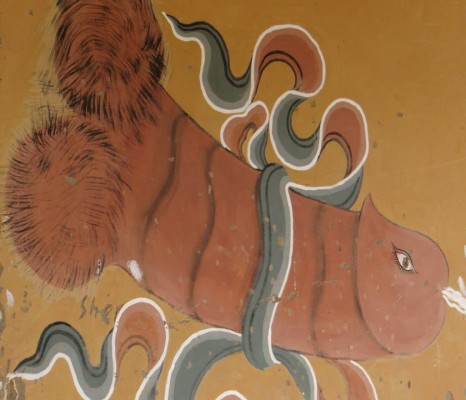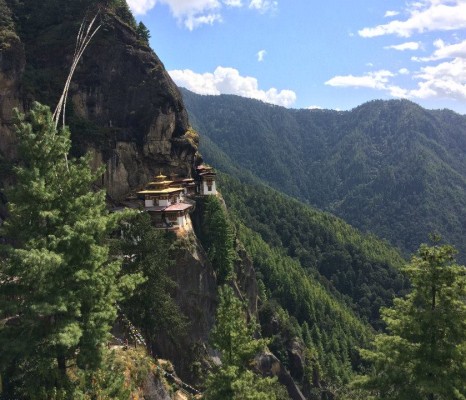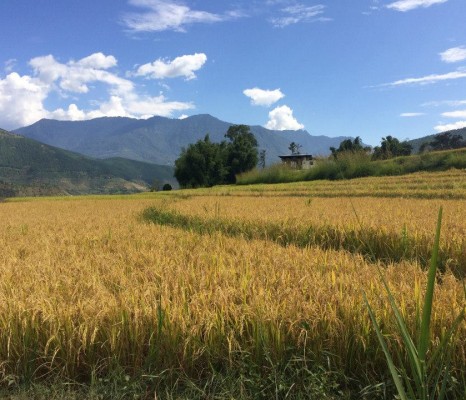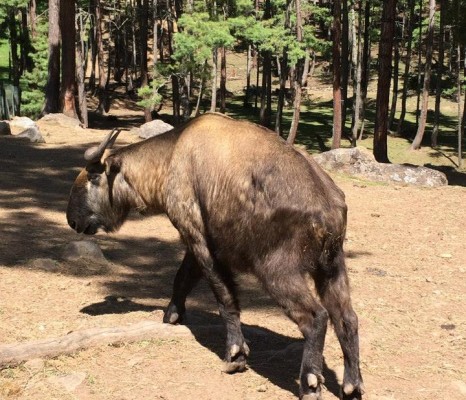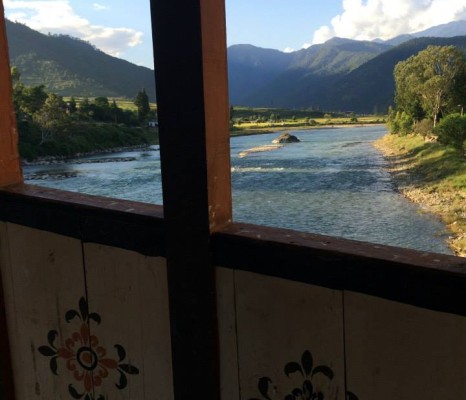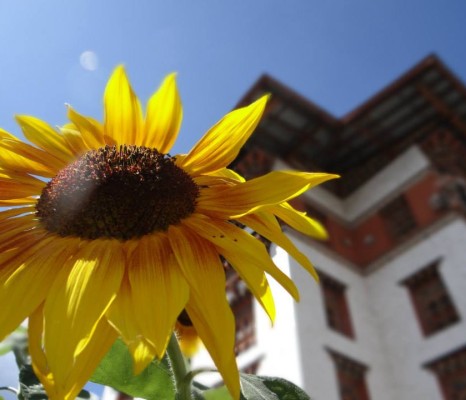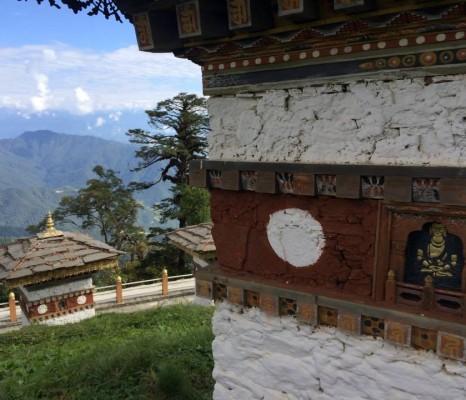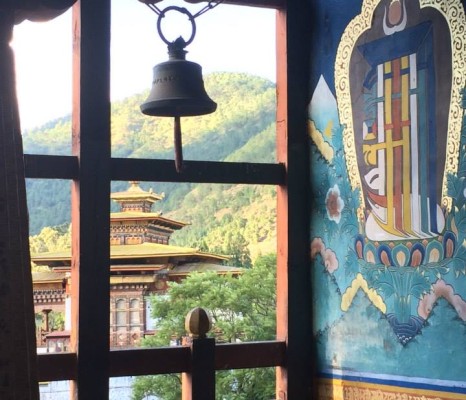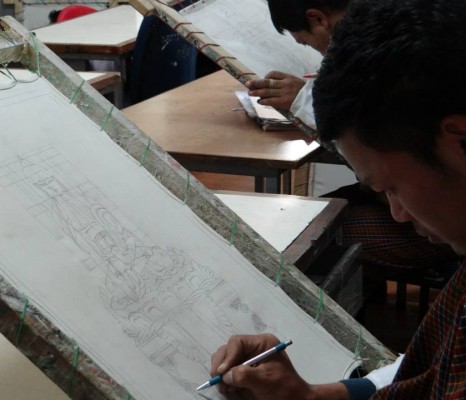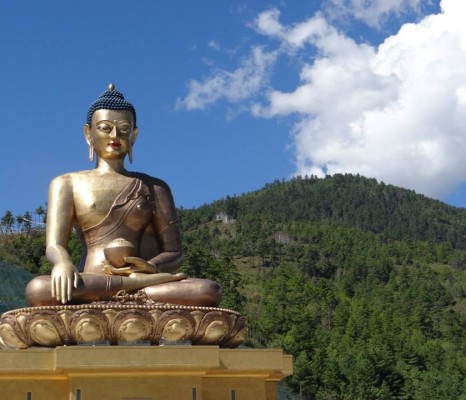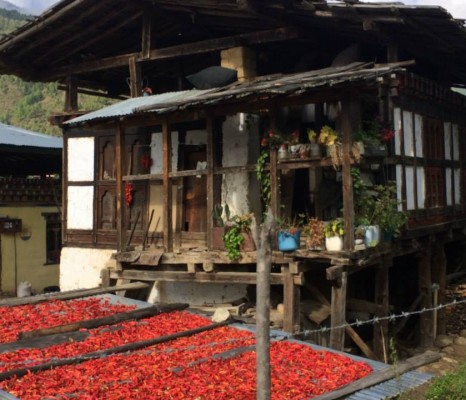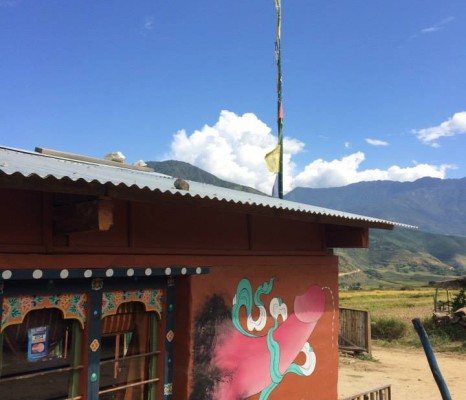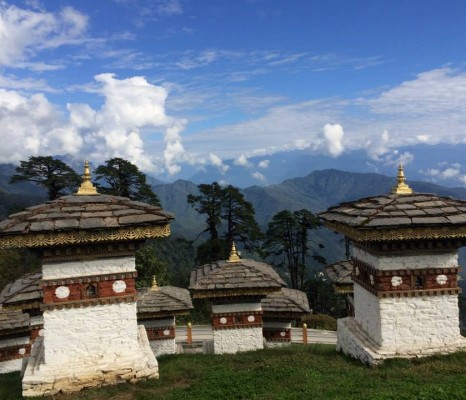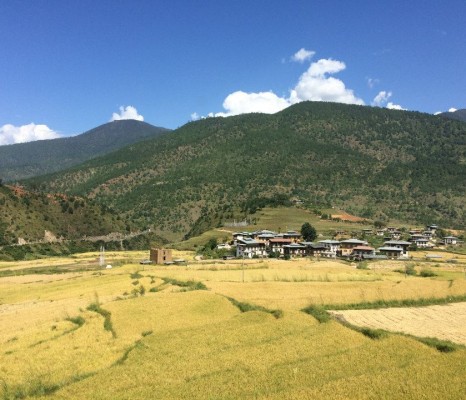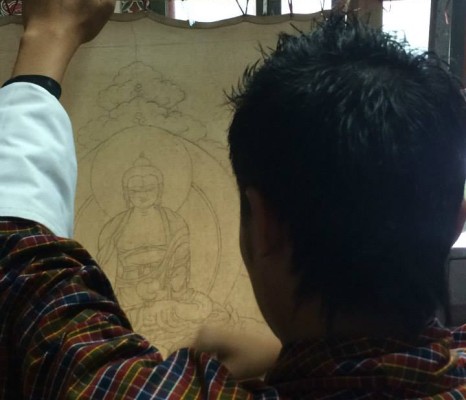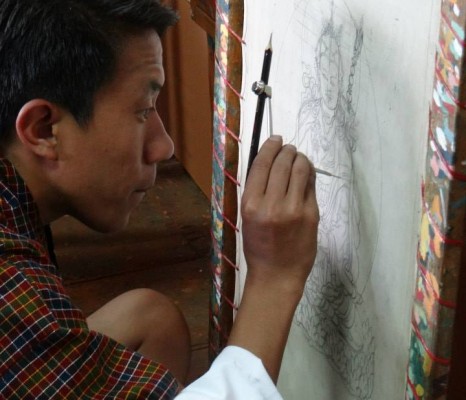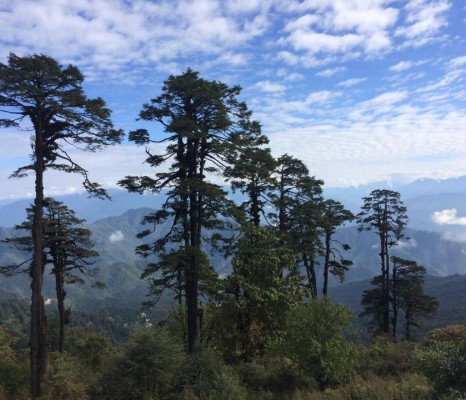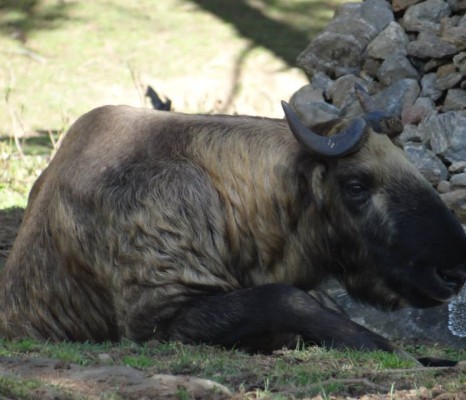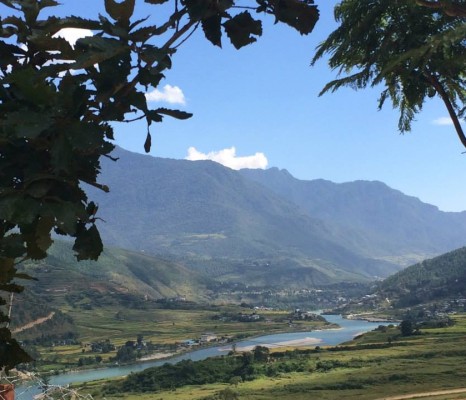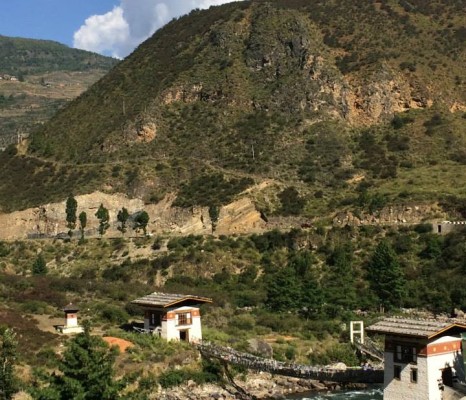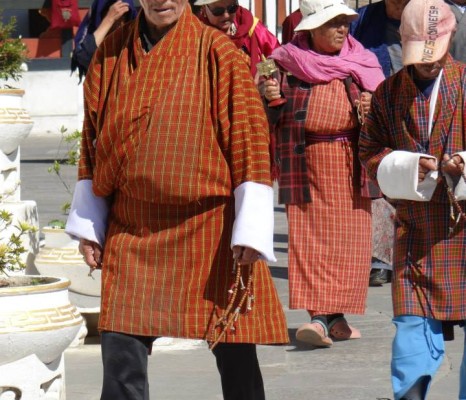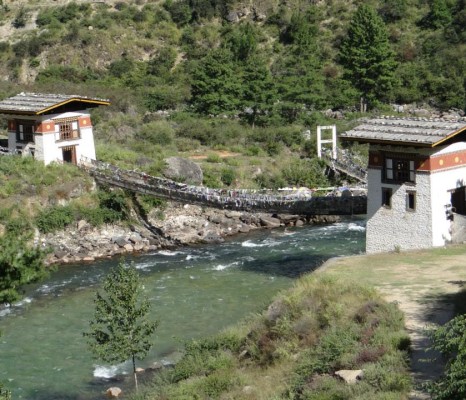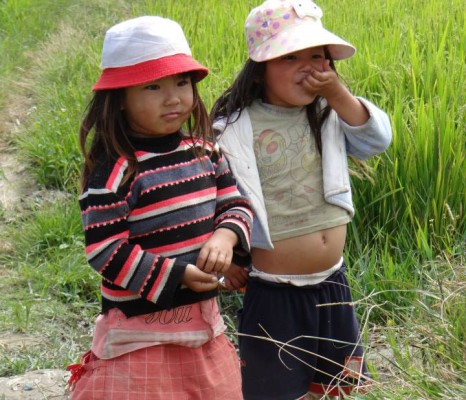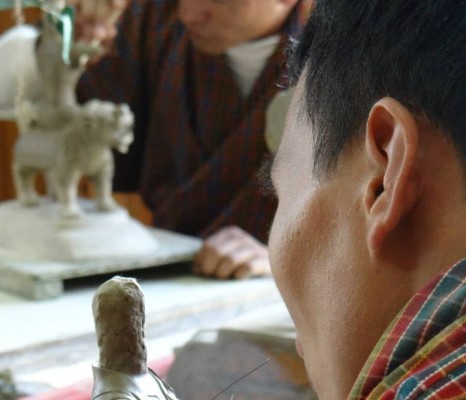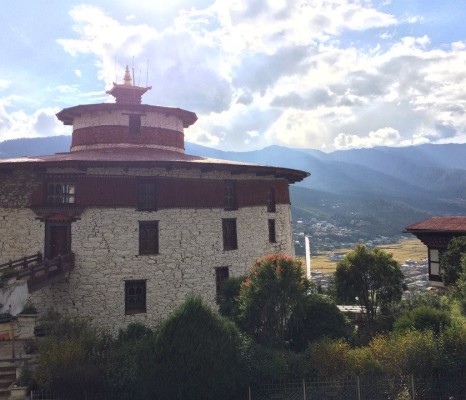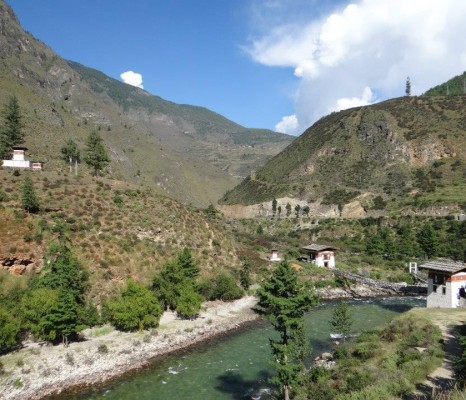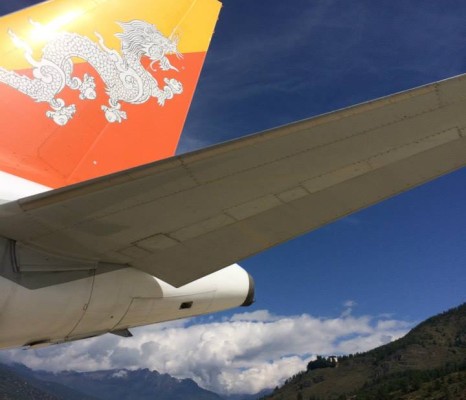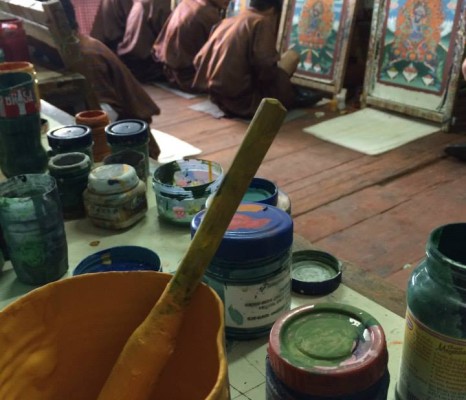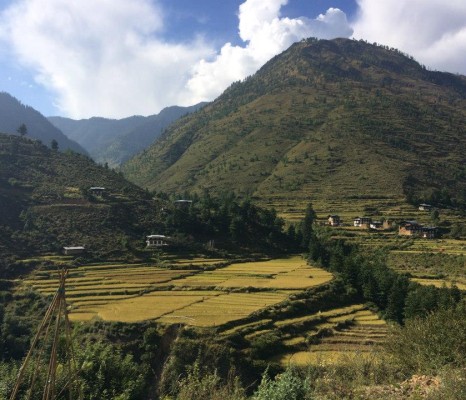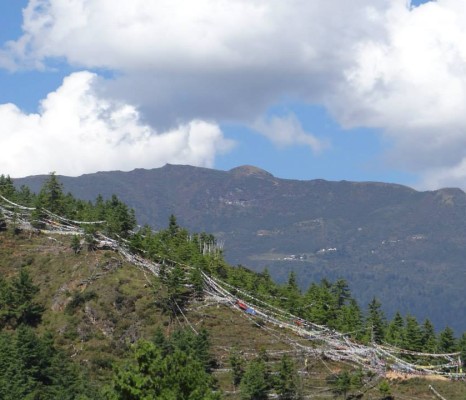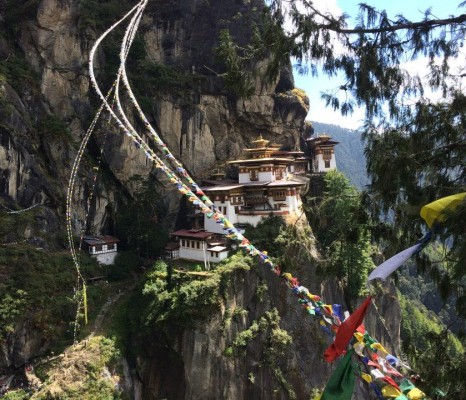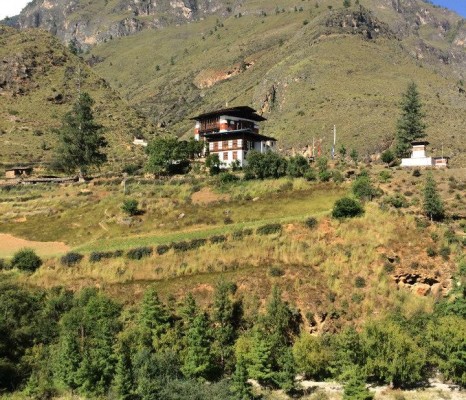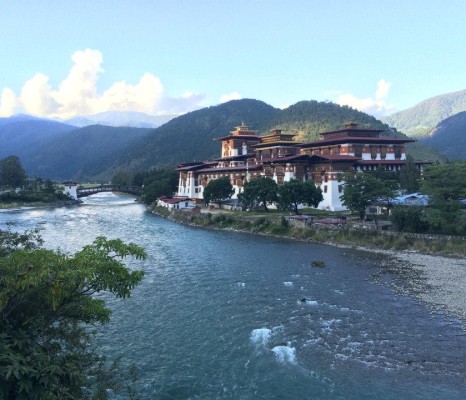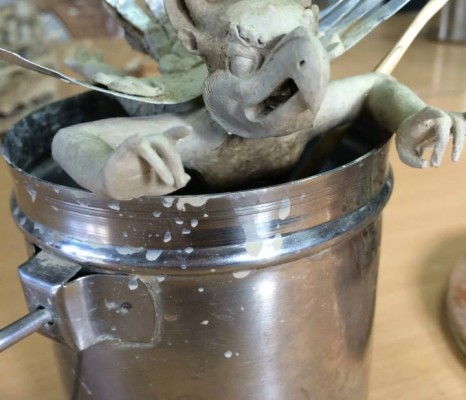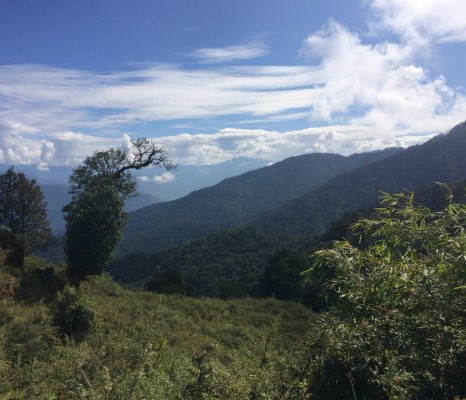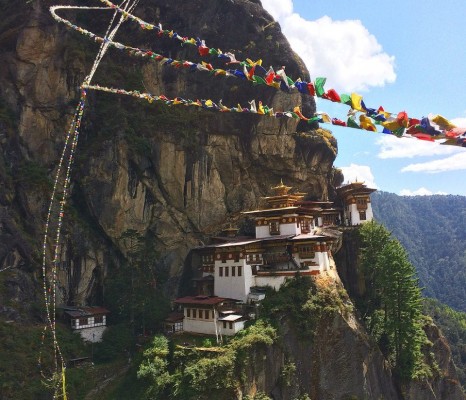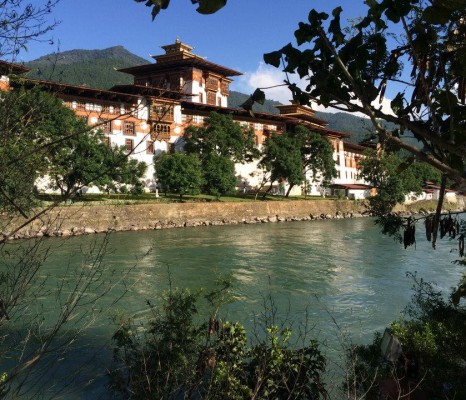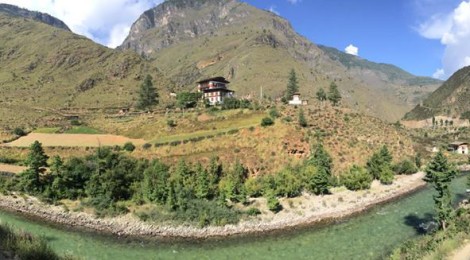
Visiting Beautiful Bhutan – 5 must do sights
The holiday to Bhutan was one of my absolute favourite travel experiences. An easy hop from Nepal, the Himalayan kingdom has all the spiritual soul of Tibet, without the heartbreaking Chinese oppression (read about my first hand experiences in Tibet here) – it’s not hard to see why it’s been labelled the last Shangri-La.
Regarded as the happiest country in the world, Bhutan uses Gross National Happiness (GNH) as an official indicator to measure the population’s quality of life and the country’s social progress. A fantastic concept with measures around economic, environmental, physical, mental, workplace, social and political wellness (more here), other ‘more developed’ countries would do well to follow Bhutan’s example.
The people certainly seemed happy to us, greeting us warmly everywhere we went. We only had five days to explore, but from the moment we were picked up by our guide and driver (organised through a Bhutanese partner of Himalayan Holidays in Nepal) the six of us were very well taken care of – in fact we’ve all agreed it was one of the best trips we have ever done.
There are a number of different adventures you can enjoy in Bhutan, but it is worth noting that the daily tax is very high, so despite our desire to trek further afield, we tried to be as economical with our time as possible. For anyone wondering where to go in Bhutan, I can highly recommend:
1. Tigers Nest (Taktsang) Monastery
This iconic landmark of Bhutan is extremely important to the culture of Bhutan, and to Buddhists the world over. This is the sacred site where the Guru who introduced Buddhism to Bhutan apparently meditated for three years, three months, three days, three weeks and three hours during the eight century. Legend has it that the Guru flew here from Tibet on the back of a tigress.
The monastery and temple complex kings precariously to the cliff edge 3,120 metres above the Paro valley, and is a truly spectacular sight. The ascent is fairly hard going, with some opting to go by horse or donkey, but the scenery is stunning and the view of the temple gradually getting closer, spotted from clearings in the forest, makes the climb so worthwhile. The main viewpoints were surrounded by miles and miles of brightly coloured fluttering prayer flags and there was a cafeteria halfway up for refreshments. The temple itself does not permit photography and closes over lunchtime, so it’s best to start the hike early. Despite being one of the last to enter for the morning, we each found ourselves blessed by a monk – a moment I will never forget.
2. Dochula pass
This incredible pass is located 3,050 metres above sea level and cannot be missed on any tour of Bhutan. The site is impressive not only for its beautiful collection of 108 chorten (stupas) surrounded by prayer flags, but also for the 360 degree view of the Himalayas. Located on the road between Punakha and Thimpu, we passed by on two separate occasions, and on the first we were lucky enough to have a brilliantly clear sky, revealing the snowy caps of the Himalayas clearly in the distance – and providing the photographers with plenty of subject matter!
3. The Temple of the Divine Madman, Punakha Valley
Chimi Lhakhang is a Buddhist monastery, made famous as a result of a saint, also known as the mad monk, who founded the stubby subduing a demon. The monastery itself is not the main draw card however, it is the valley in which it is situated and the surrounding villages that really make the trip. The walk to the site winds through picturesque paddy fields and corn fields where the local villagers are hard at work and children play.
Amongst his other unorthodox behaviour and teaching methods, the mad monk encouraged the use the phallus symbol to drive away the evil eye and malicious gossip, and as a result, all of the houses in the villages are festooned with erect penises – carvings and painting – on the roofs and walls. Women entering the monastery can also be blessed on the head by the original wooden phallus in order to bless them with children.
4. Checking out the culture of Thimpu
The main focus of our trip to Bhutan was to get out into the countryside and explore the beautiful scenery, so I never would have anticipated that I would be listing the capital in the top four things to do in Bhutan. There were certainly some lovely things to see and do here: We visited the very impressive Big Buddha on the hillside, took a tour of a local nunnery, gazed in awe at the national animal – the takin – at the research park, and spent time taking in the atmosphere of the local markets. However, for me, the highlight was the Heritage House, largely for the cultural dance show we caught, and the handmade products that were available (the best souvenirs I found) and the National Painting School – again, an unexpected delight. Here students were hard at work, not only painting, but also engaged in wood carving, embroidery and clay statue making, and their projects are incredibly impressive – it’s fascinating to watch them work.
5. The Palaces of Paro
We had visited several chortens, monasteries and palaces by the time we arrived in Paro, yet the majesty of those we found in Paro still had a strong impact.
Punakha Dzong was the first we encountered on our way into Paro. The location of this palace between two rivers makes its appearance even more dramatic. It’s the second oldest and largest palace in Bhutan and the administrative centre of the region (it was the originally the seat of the Bhutan government until the mid 1950’s).
The following day we made it to Rinpung Dzong and the old watchtower, now the National Museum, which had some spectacular views of the valley and river, and which provided a nice walk around the grounds.
Whilst there were a lot of similarities to a lot of these sites – the ever-present fluttering prayer flags and red-cloaked monks for example – each was so unique and awe-inspiring that it was very difficult to get complacent with what we saw. The hospitality of the people was outstanding and the fresh clean food was delicious, keeping our energy levels and spirits high throughout the memorable six days. I would have loved to have spent more time there and explored further out into the Himalayan villages, but I’ll have to save that for another time. For anyone planning a trip to Bhutan, I would say recommend to seriously consider a longer trip – it’ll be well worth the price of the tax!











